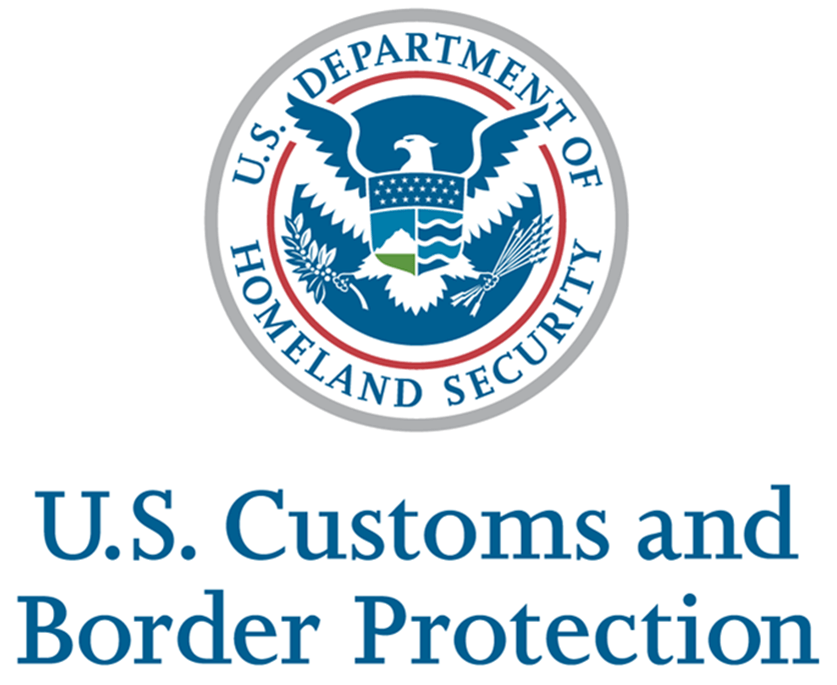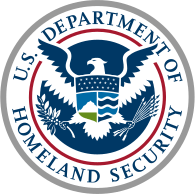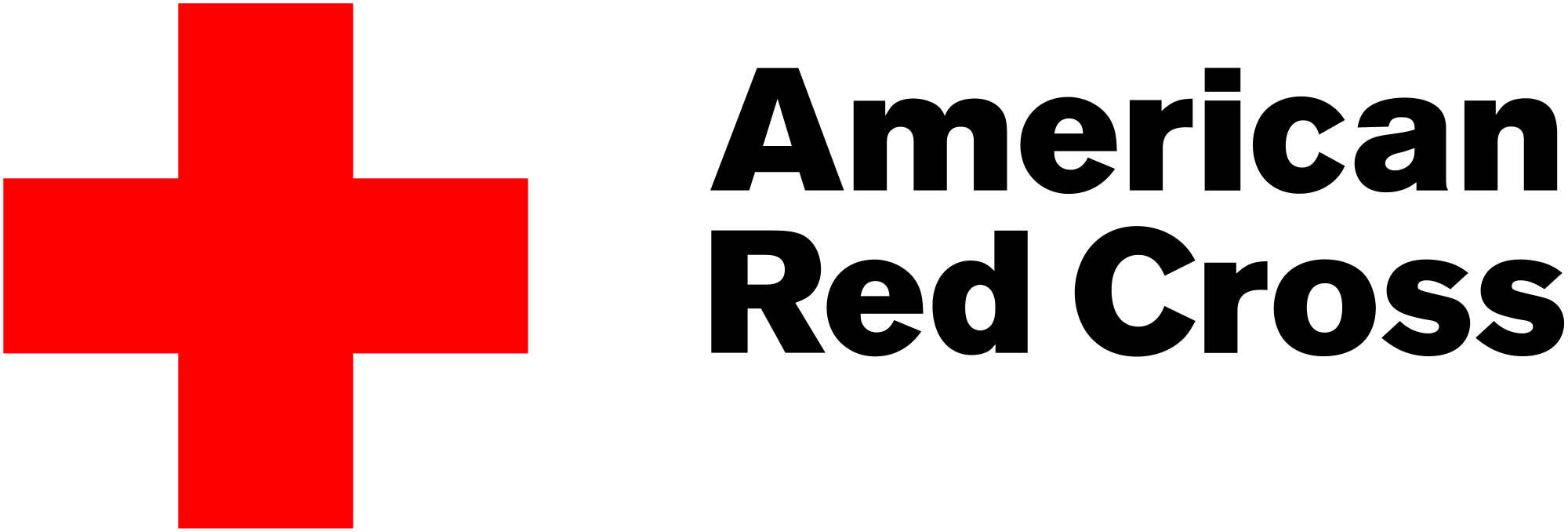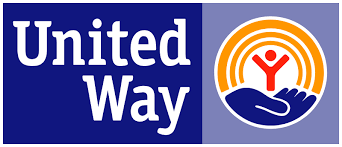The Healthcare Industrys New Normal Mitigating Covid19 Challenges to Achieve a Safer Workplace
June 19th, 2020
As medical facilities learn to operate in the "new normal" and other healthcare-related businesses prepare to re-open, they all face the unique challenge of providing a safe and healthy environment for customers and employees. CDC guidelines recommend "screening patients and visitors for symptoms of acute respiratory illness, including high temperature" before entering the facility. This means that medical and healthcare facilities need to implement measures that will reliably and effectively identify persons that may be sick and prevent them from entering the facility.
This white paper will dive into the three main safety challenges and the preventive security measures that can be taken to protect the well-being of employees and patients within the medical and healthcare industry.
New Challenges for Medical and Healthcare Facilities
Healthcare facilities, particularly those that treat high-risk individuals with respiratory and immunodeficiency issues like hospitals and nursing homes, face unique challenges to protect their patients and residents from coronavirus exposure.
These facilities with high-risk patients include:
- Surgical centers
- Birthing centers
- Blood banks
- Medical offices
- Urgent care clinics
- Radiology centers
- Orthopedic rehabilitation centers
- Mental health/addiction treatment facilities
These facilities must ensure they have effective and accurate procedures and processes in place to protect staff, patients, and their loved ones. The main challenges consist of:
- Reducing the potential risk of introducing viruses to high-risk populations
- Mitigating the high-cost of effective screening
- Managing risk detection and screening in high-traffic facilities
Challenge #1: Mitigating Coronavirus exposure to vulnerable populations
Nursing home and long-term care facilities are some of the highest-risk populations for contracting coronavirus. New reports show a 15 percent mortality rate for nursing home patients over 80 years old (with underlying medical conditions) that have been exposed to the virus. A fifth of the total number of U.S. coronavirus deaths has been tied to nursing homes or other long-term care facilities.
This means that the introduction of the coronavirus into the general population of residents or workers can have a catastrophic effect. Some of the greatest risks come from staff members, volunteers, and visitors that spend time caring for at-risk individuals and who may actually have the virus. If these important caregivers are not properly screened, these facilities run the risk of unknowingly exposing high-risk patients – which can have fatal consequences for patients or their residents.
Hospitals also need to prevent the introduction of the coronavirus into their facility, especially for those that are dealing with respiratory or immunodeficiency patients. If the virus is introduced into these environments, it could have significant repercussions and impact on patients and staff. Hospitals have already started implementing stricter visitor procedures; however, many are still looking for effective ways to manage visitation while being mindful of the inherent risks that allowing loved ones to visit patients bring. The ability to accurately screen and detect anyone with a fever (that would otherwise potentially introduce the virus into their environment) is a critically important preventive measure to implement.
Challenge #2: Increased costs For Virus Contamination
From a budgetary and operational perspective, the cost of proper screening can become an expensive proposition. Many healthcare providers, especially small businesses such as doctor's offices, rehabilitation centers, and clinics, may not have the budget to afford the proper infrastructure to provide accurate, quick screening of every person that enters the facility.
By screening everyone that walks through your door, employers will need to reassign an employee to that task or hire someone from the outside. The average cost of hiring a screener is $15/hour. A month's worth of screening at eight hours a day will cost an organization $2,400 per month. Add in the daily price of PPE that staff is required to wear ($2/day for a mask, gown, and gloves), and altogether, it quickly amounts to over $30,000 per year.
From both a resource and cost perspective, screening for possible infection can quickly strain resources and budget – no matter the size of the organization. Especially for those facilities with multiple entrances and screening checkpoints, the additional labor and resources it requires can put pressure on budgets that are already stretched thin.
Challenge #3: Managing Risk Detection and Screening in High-Traffic Facilities
Hospitals face an additional challenge: screening in high traffic areas. From surgical intake to emergency rooms, medical and healthcare employers require a way to accurately and quickly screen high-traffic areas. While protecting their employees and ensuring a safe return to work, they must also make sure they are staying HIPPA compliant.
Similar to hospitals, nursing homes may have a high flow of employee and visitor traffic, which means the facilities may need to screen a large number of people in a short timeframe. In many cases, PPE's, along with less than adequate employee training, have contributed to the spread of the virus. Without providing sufficient safety measures, high-risk populations will continue to battle against and contract the virus.
Providers Turn to Technology
While the short-term preventative solution has been to prohibit or restrict patient-guest visits, many employers in the healthcare field are looking beyond restricted visitation logistics to prevent the spread of the coronavirus in their facility.
Specifically, they are looking to new thermal body temperature detection systems that can help them identify employees and/or visitors that may be entering the facility with a fever – a key indicator of a virus. Thermal detection can quickly and accurately detect individuals that may have a fever at main entrances. They can then pull them aside for further evaluation or refuse them access altogether – thereby reducing potential coronavirus exposure before they enter their facility. These solutions are proving to be an effective and efficient way to screen employees and visitors for a safer workplace.
Thermal detection devices offer the following benefits:
∙ Screening accuracy. Relying on a hand-held thermometer to read body temperatures has its drawbacks. Just one incorrect read can cause an infected individual into the building and expose the entire workplace to the virus. Thermal detection provides high accuracy, non-contact screening method, allowing up to 90 percent accuracy for individuals wearing a mask, and 99 percent accuracy for those not wearing a mask.
- Quick detection for high-traffic entry points. Busy, crowded emergency rooms and urgent care clinics require fast detection so their overall operational flow and emergency response/intake won't slow down. Thermal detection can screen at a rapid 0.2 seconds per individual – and up to 30 people at a time.
- HIPAA Compliant. These solutions do not need to be tied into any of the facilities' networks and can function as standalone solutions. Plus, they are merely measuring temperatures of employees and visitors entering the facility and therefore do not capture or store any information about patients, which means that HIPAA is not a concern.
Thermal detection solutions offer the first line of defense against coronavirus by providing accurate, quick, and efficient temperature screening for a healthy and safe workplace.
Alibi Security offers several thermal detection solutions, ideally suited to meet the healthcare industry's safety demands and challenges. To learn more, contact us today!



















